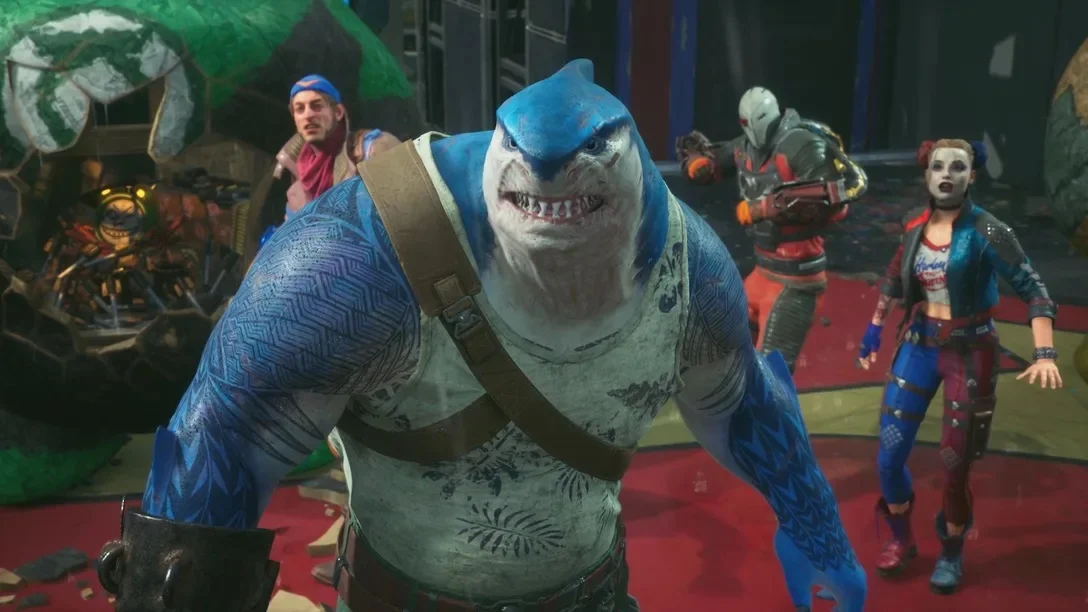In the ever-evolving landscape of the video game industry, the live service model has emerged as a dominant force, driving profitability through continuous content updates and microtransactions. Nearly every studio seems to be dipping its toes into these waters, drawn by the allure of ongoing revenue streams. However, this trend is not without its pitfalls, as the pressures to stand out and maintain player engagement can be unforgiving.
The Rising Tide of Live Service Projects
A recent survey highlighted by Gamesindustry.biz sheds light on the industry’s significant lean towards live service games. With 537 developer teams participating worldwide, an overwhelming 66% voiced their support for the model, suggesting that success in modern gaming is increasingly dependent on embracing live services. This shift is indicative of a broader change in how games are developed, played, and monetized, reflecting a move away from traditional single-player experiences.

The Challenge of Sustained Engagement
Despite the enthusiasm, the live service approach demands a considerable investment of time and resources, with development cycles often extending beyond five years. This increase, compared to the more traditional three-year cycle for single-player games, underscores the complexity and ambition driving these projects. Studios are now pushing for quicker content rollouts, with targets ranging from weekly to biweekly updates, aiming to keep players continuously engaged and invested.

The Perils of Over-Saturation
However, this relentless push for new content carries inherent risks. The market is becoming increasingly saturated, raising concerns about “live service fatigue” among players. This phenomenon could lead studios into a precarious position, where the failure to capture or retain the audience’s interest leads to significant financial losses. Recent feedback from the gaming community, particularly concerning titles like “Suicide Squad: Kill the Justice League,” highlights the challenges and backlash developers face when the balance tips too far towards live service elements.
A Cautionary Tale from Industry Giants
Notably, even industry heavyweights are not immune to the challenges of live service gaming. Naughty Dog’s decision to abandon a live service project based on “The Last of Us” after years of development reflects the difficulties of creating a compelling and sustainable online experience. Moreover, the closure of various live service games in the past two years illustrates the volatile nature of this genre, underscoring the high-stakes environment studios navigate.

Looking Ahead: The Future of Live Services in Gaming
As the video game industry continues to evolve, the debate over the sustainability and impact of live service games is far from settled. While the potential for substantial profits is undeniable, the long-term effects on the industry and player engagement remain to be seen. Studios venturing into this territory must tread carefully, balancing the desire for ongoing revenue with the need to deliver quality content that resonates with and retains their audience. Only time will tell whether the live service model will lead to a new era of gaming innovation or if it will prompt a reevaluation of how games are created and consumed.









